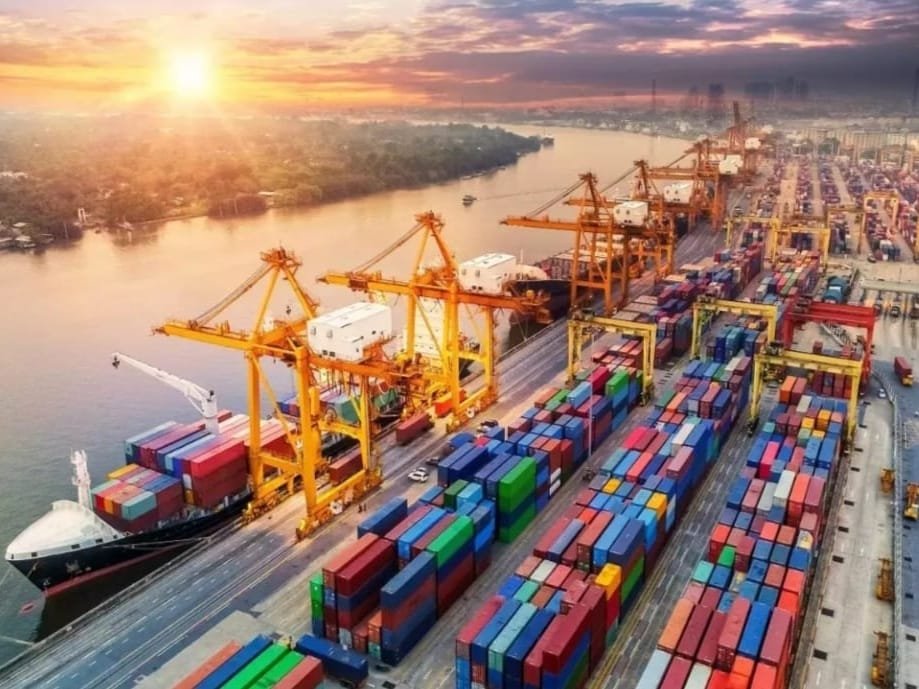India’s Export Growth – A Case of Missed Opportunities?
India’s growth story started about four decades back but picked up
momentum from the late 1990s. This period coincided with the IT boom. The Y2K
problem, among others, catapulted India as a significant software exporter. It
was during this period that India graduated from the Hindu rate of growth to a
more respectable figure.
Was such an export-led growth strategy restricted only to India? A look
at the growth story of some of the East Asian Tigers like Japan, South Korea,
Taiwan and more recently Vietnam and Bangladesh would reveal the success of
such a strategy, at least in the Asian context.
In a Working Paper titled “India’s Export-Led Growth: Exemplar and Exception” authored by Shoumitro Chatterji, Pennsylvania State University and Arvind Subramanian, Ashoka University, the authors have done an in-depth analysis of India’s performance viz a viz some of the other Asian countries. In this article, we have attempted to find out if India has achieved its optimum export performance based on the data available in the Working Paper.
How to measure Growth?
In the context of a country, the change in the Gross Domestic Product (GDP) is taken as the yardstick to measure growth. While GDP growth is an economic measure, the objective of every country is to ensure that the benefit of growth percolates down to all strata of the society thereby improving its income.
India has only partially achieved this objective. While there has been an increase in the income of some strata of society, others have either remained static or have seen a decrease. Since India follows an export-led growth strategy, it would imply that more needs to be done on the export front to increase growth and its percolation down to all levels.
India’s Export Sectors
Major sectors contributing to India’s exports are – Agriculture, Minerals, Low skill Manufacturing, Apparel, textiles, leather and footwear, High Skill Manufacturing and Services. All the sectors stated above require labour of varying skill levels. Global Market Share (GMS) index is the measure of export performance and changes in the GMS is defined as the excess growth of a country’s export over world exports.
Changes in the Global Market Share of India exports during the period 1995 to 2018 were Minerals at 9.2%, High Skill Manufacturing at 7.2% and Services at 8.8% while Agriculture, Low Skill Manufacturing and Apparel, textiles, leather footwear etc registered an increase of 3.1%, 4% and 2.5% respectively. Change in Global Market Share (GMS) is defined as excess growth of Indian Exports over world exports.
Changes in the Global Market Share by major sectors from 1995 to 2018.
Agriculture 3.1%, Minerals 9.2%, Low Skill Manufacturing 4%, Apparels textiles
leather footwear 2.5%, High Skill Manufacturing 7.2%, and Services 8.8%. Three
sectors which utilise the maximum Low Skill labour have registered the lowest
change in GMS.
Despite having abundant low-skill labour and resources the low-skill
manufacturing export is very low whereas high-skill manufacturing and services
have been high and increasing. One of the vulnerabilities of over-reliance in
the export of high-skill manufacturing goods and services is the supply and
availability of skilled labour which is limited making the reliance
unsustainable over the medium term.
Utilizing High Skill labour has outperformed those needing Low Skill labour. Major export from high-skill manufacturing goods and services despite having an abundant supply of low-skill labour. One would have expected more low-skill manufactured goods like textiles, garments, footwear, leather goods, agricultural products etc.
Given India’s large population and endowed with relatively unskilled
labour it would be expected that India’s presence in unskilled labour
manufacturing would be broadly commensurate with those endowments. For checking
whether India’s low-skilled manufacturing goods are proportional to its share
of global low-skill labour a like-to-like comparison of 50 major low and
middle-income exporting countries' production of low-skill manufacturing was
done. The results revealed that if India were to produce in line with its
labour force the size of the domestic textiles and garment sector should have
been $174 bn. Actual production was $34 bn thereby missing out on $140 bn worth
of production with its impact on GDP. A similar exercise on exports revealed a
missing export of $60 bn. There are corresponding figures in the case of
leather products, footwear and agricultural products which are not considered
in the report. This is a severe indictment of India’s business model where
despite being endowed with a demographic advantage we have let go of the
opportunity. Bangladesh and Vietnam roughly export in line with their
endowments and have been doing so since 1995.
Between 1995 and 2018 India ranked third in the world in terms of
manufacturing export growth behind China and Vietnam growing at an annual
average of 13.4% against China’s 15%, The growth came about not just through
services but also the manufacturing exports which grew by an average 12.1%
annually. During this period Vietnam locked an overall growth of slightly over
15% with manufacturing exports alone clocking close to 20% far outstripping
even China
India’s export performance is services-driven and not driven by manufacturing. Exports have been highly correlated with and critical to India’s growth over the last three decades. India has turned inward and has gone for protectionism. The policy towards development strategy is through import substitution which has been sustained through tariff increases in the region of 5% over the last few years affecting India’s cost competitiveness.
Since the 1990s India has been one of the most successful exporters, the most successful period coming in the first decade of the current century no doubt aided by the Y2K problem. Thus, on the one hand, we are the third best in the world in terms of overall export performance while simultaneously failing to take advantage of the abundant unskilled labour availability leading to missed opportunities for economic activity.
CONCLUSION
A cautious conclusion is that the ability of India’s export growth to
outpace that of the rest of the world will be increasingly constrained. Both
exports of manufacturing and services are skill intensive and becoming more so
if the quality and quantity of skill available to the economy starts slowing
down
The inability to export unskilled manufacturing is an indictment but is
equally an opportunity to increase the export numbers overall, thus
increasing the per capita.
IMAGE CREDITS:- iStock/968819844






